Flowers, greenhouses and political intrigue: The extraordinary tale of Fulham Palace Gardens
Fulham Palace Gardens have been bringing joy to garden-lovers in London for three centuries. Mark Griffiths pays tribute to the extraordinary figure who first created this idyllic space.
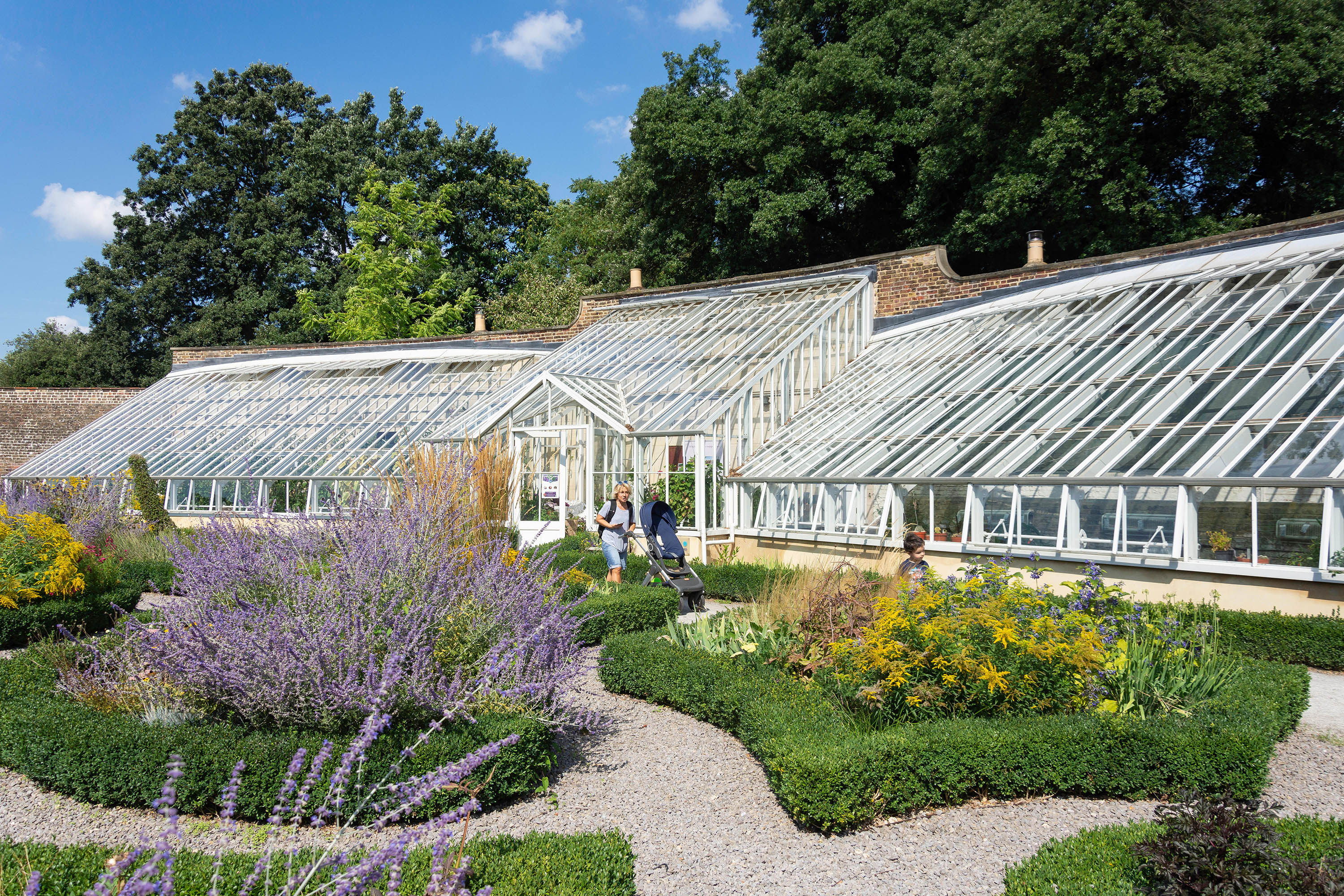
This spring sees the opening of an important series of plantings at Fulham Palace. They restore to its gardens many of the species introduced there in the late 17th and early 18th centuries by Henry Compton, one of British horticulture’s most remarkable figures.
As Bishop of London and an ardent Anglican, Compton joined six secular grandees in June 1688 in sending a letter to William of Orange at The Hague. ‘The Immortal Seven’, as these men became known, pledged to support the Protestant Prince if he invaded England and deposed the Catholic James II in favour of the King’s daughter Mary (William’s wife and co-religionist). From this letter flowed the Glorious Revolution, the crowning of William and Mary the following April and the Bill of Rights.
Compton officiated at their Coronation. An old friend and servant of the new joint monarchs, he’d overseen Mary’s Protestant education, presided at her wedding to William and kept the pair abreast of events in England.
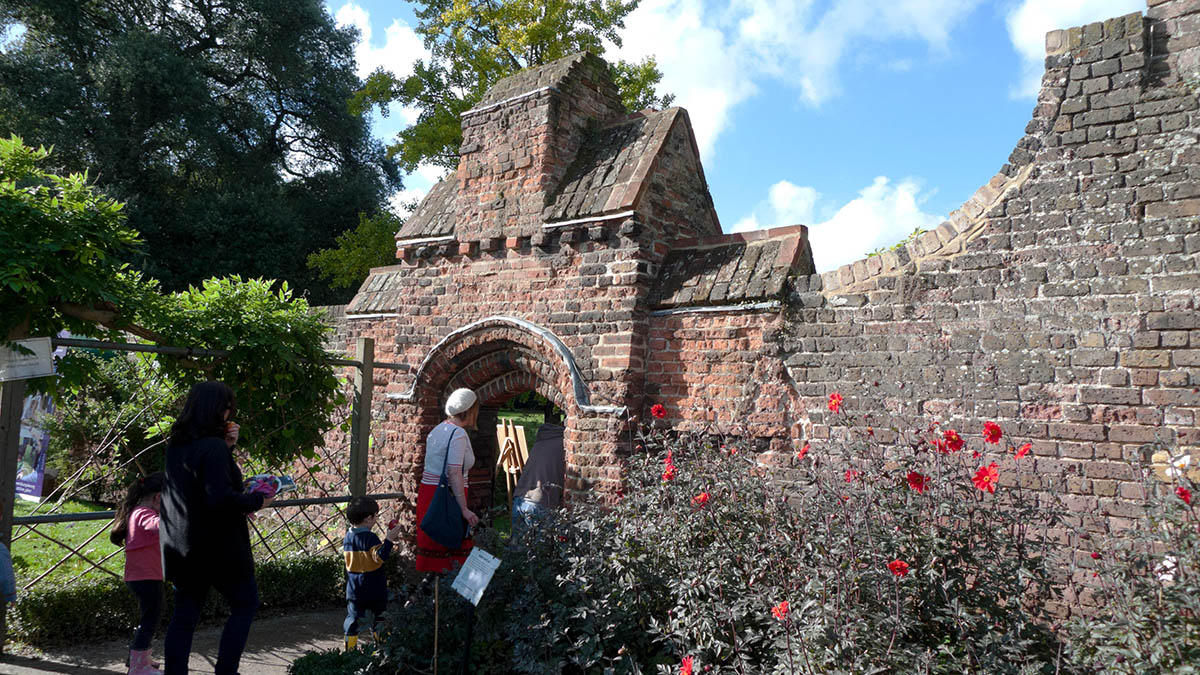
His tutelage of Mary’s younger sister was even closer. Queen Anne would never forget how, in December 1688, the Bishop had reverted to his earlier career as a soldier, dusted off his sword, spirited her away from her father’s clutches in London and, leading a 200-strong bodyguard, escorted her to safety and her husband in Oxford.
Plants were as dear to Compton as Protestantism. His appointment as Bishop of London in 1675 entailed moving to Fulham Palace, his official residence. There, he proceeded (as Richard Pulteney wrote in 1790) ‘to collect a greater variety of Greenhouse rarities, and to plant a greater variety of hardy Exotic Trees and Shrubs, than had been seen in any garden before in England’.
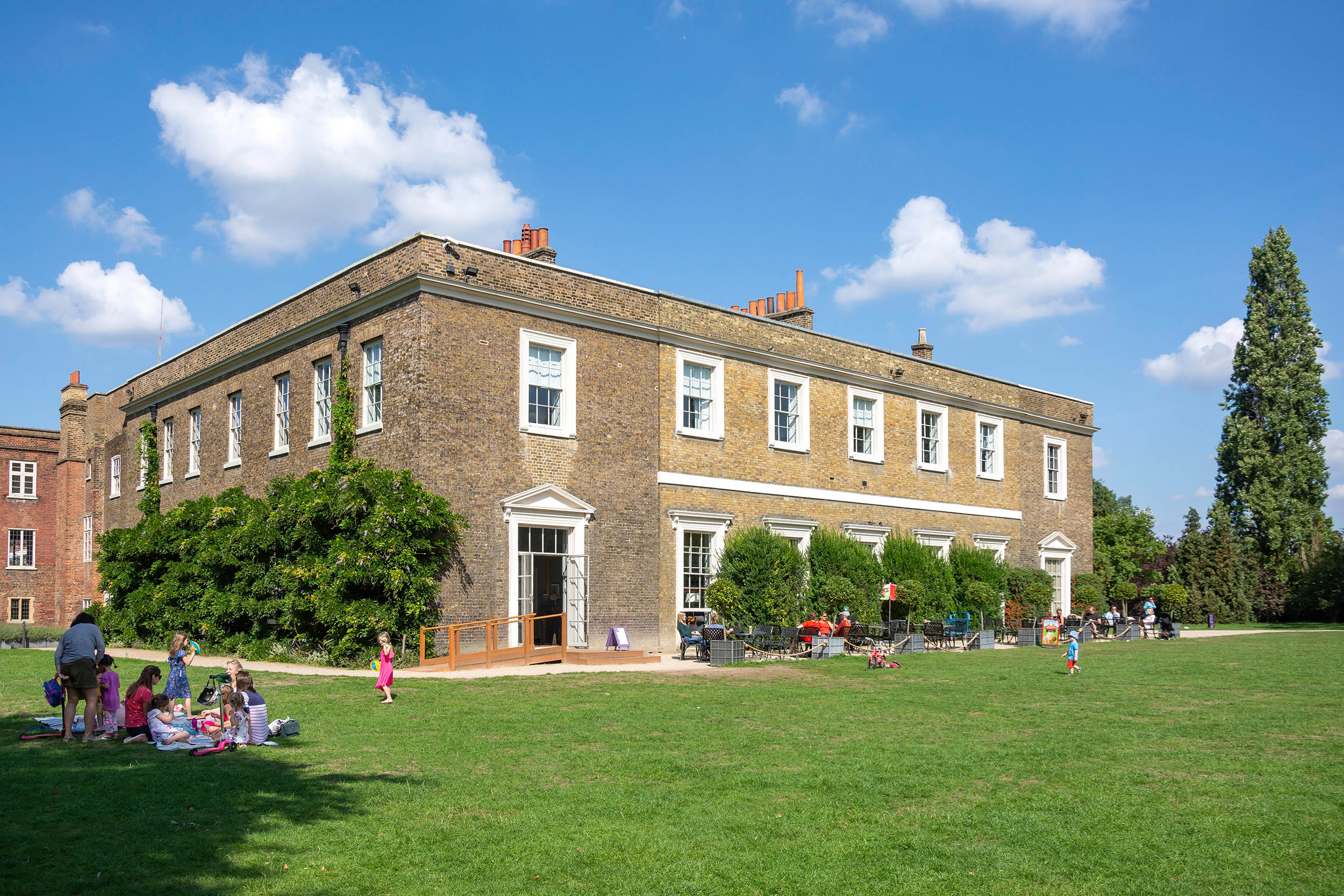
At his side was his gardener George London, whose talents Compton nurtured with characteristic generosity. London would go on to set up the Brompton Park Nursery and become the English elite’s garden designer of choice.
The two men, master and servant, often attended the Botany Club that met at the Temple Coffee House in Devereux Court, off the Strand. Other members included patrician amateurs, medics, merchants and enterprising gardeners. Over two decades of meetings, they received and examined scores of new plants from overseas. Many species that would be communicated to the Royal Society or become ornaments of English horticulture were first revealed at the Temple Coffee House.
Exquisite houses, the beauty of Nature, and how to get the most from your life, straight to your inbox.
Much of this treasure was amassed thanks to one of Compton’s duties as Bishop—the recruitment and management of Anglican clergy in the colonies. Unsurprisingly, he chose men who had (or could be persuaded to acquire) an interest in plant-collecting. The most prodigious of these chaplain field agents was John Banister, an outstanding natural historian in his own right.

The Bishop posted him to Virginia, where he ministered and botanised until his death, at the age of 38, in a shooting accident in 1692. By then, he had sent back countless specimens and seeds of North American species, among them Abies balsamea, Acer negundo and A. rubrum, Campsis radicans, Gleditsia triacanthos, Liquidambar styraciflua and Magnolia virginiana (England’s first magnolia and still one of the loveliest), all of which flourished in the grounds of Fulham Palace.
Meanwhile, His Grace’s glasshouses were full of the fruits of his political intrigues. William of Orange was a plant lover and his right-hand man William Bentinck even more so. In return for advancing their cause, Compton received the pick of the prizes brought home by Dutch explorers, such as Zantedeschia aethiopica, Leonotis leonurus and several Pelargonium species collected by Paul Hermann in South Africa.
Politics can also take some credit for the scale and intensity of Compton’s gardening. Already obsessed, he threw himself into it when suspended from episcopal duties for opposing James II and again when William and Mary failed to make him Archbishop of Canterbury.
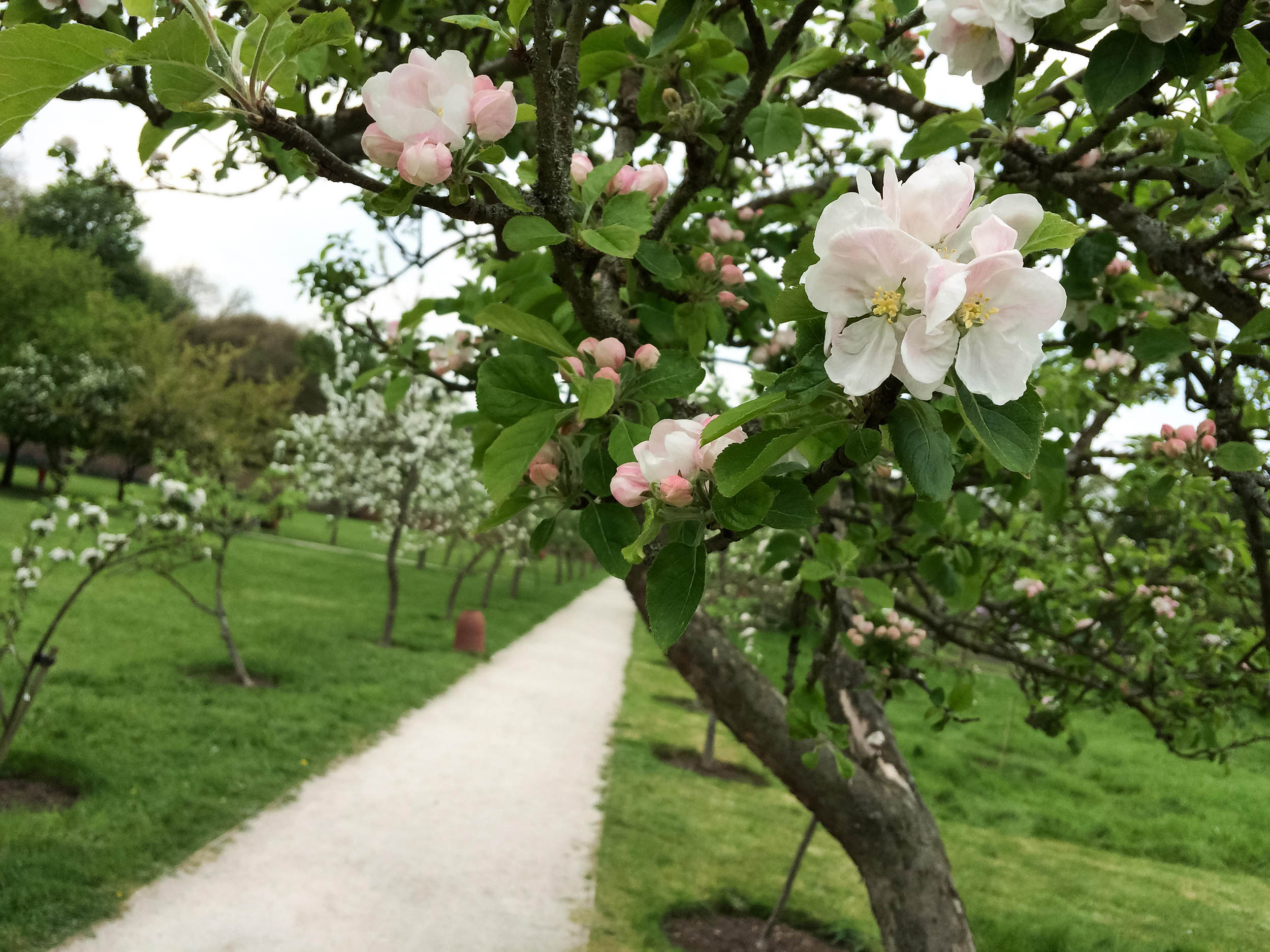
Under Queen Anne, he was once more the favourite, but his way of life was by then settled: a mixture of passionate horticulture, diligent pastoral care and impressive charitable works, three pursuits to which he devoted all of his sizeable income and more. He died, poor but surrounded by his plants, at Fulham Palace, aged 81, on July 7, 1713.
Soon afterwards, an obituarist marvelled at Compton’s kindness to anyone interested in plants: ‘He showed great Civilities to, and had an Esteem for, all those who were anything curious in this sort of Study.’ He would have embraced the gardeners at Fulham Palace and their new living monument to his glorious, horticultural revolution.
Mark Griffiths is editor of the New Royal Horticultural Society Dictionary of Gardening
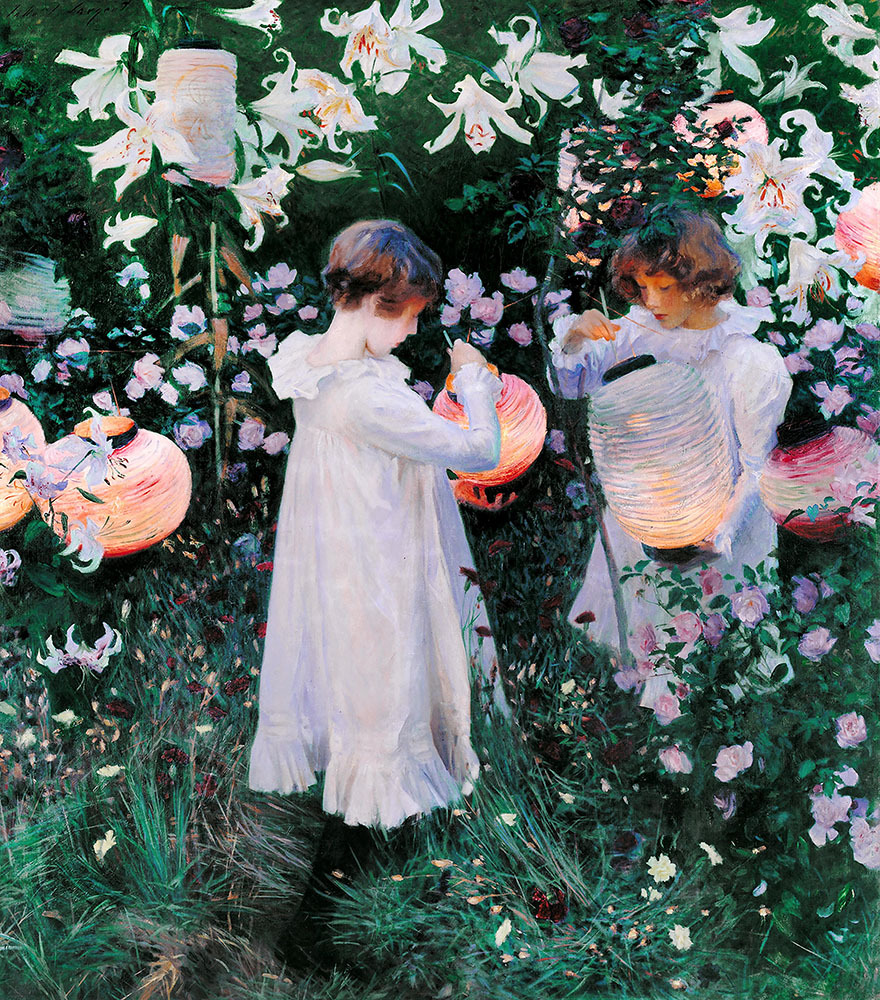
In Focus: Mark Griffiths on the history and revival of Sargent’s 'Carnation, Lily, Lily, Rose'
Mark Griffiths describes how a dinner-party question led to the uncovering of the true identities of the lilies in Sargent’s
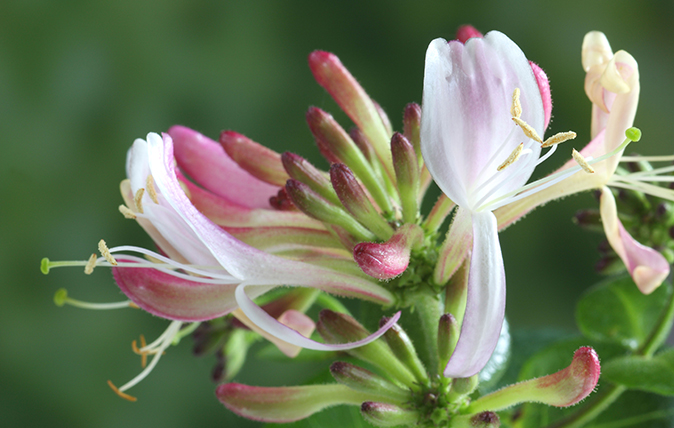
The best honeysuckle to grow in your garden – especially if they’re gifts from now-departed friends
Charles Quest-Ritson extols the virtues of delightful honeysuckle.
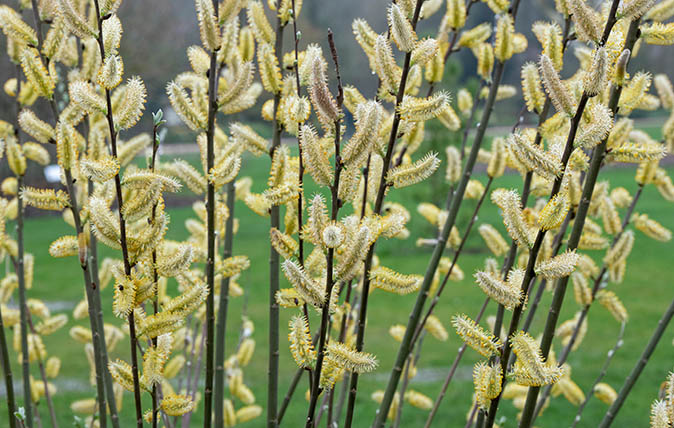
What to plant if you're thinking of putting a willow in your garden
Charles Quest-Ritson offers advice on this incredibly vibrant plant.
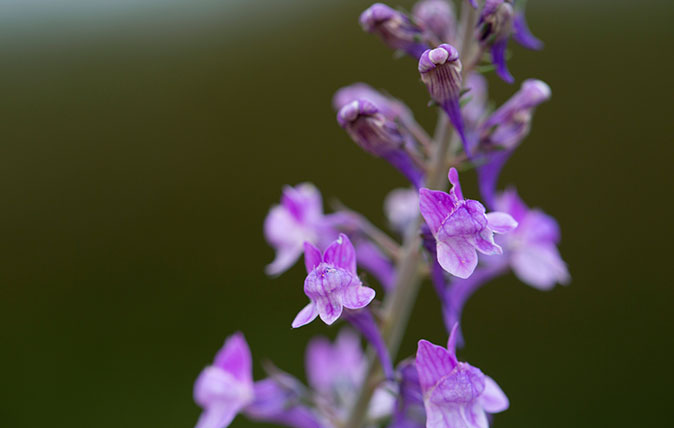
Credit: Alamy
The daftest plant name in English, and how it belongs to a wonderful flower just starting to show its potential
There are a lot of silly names for flowers our there – and Charles Quest-Ritson has a chilling warning for those